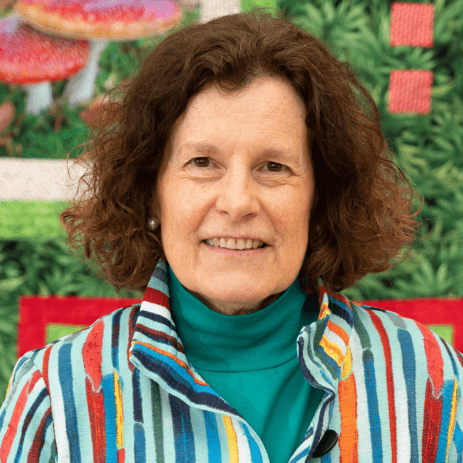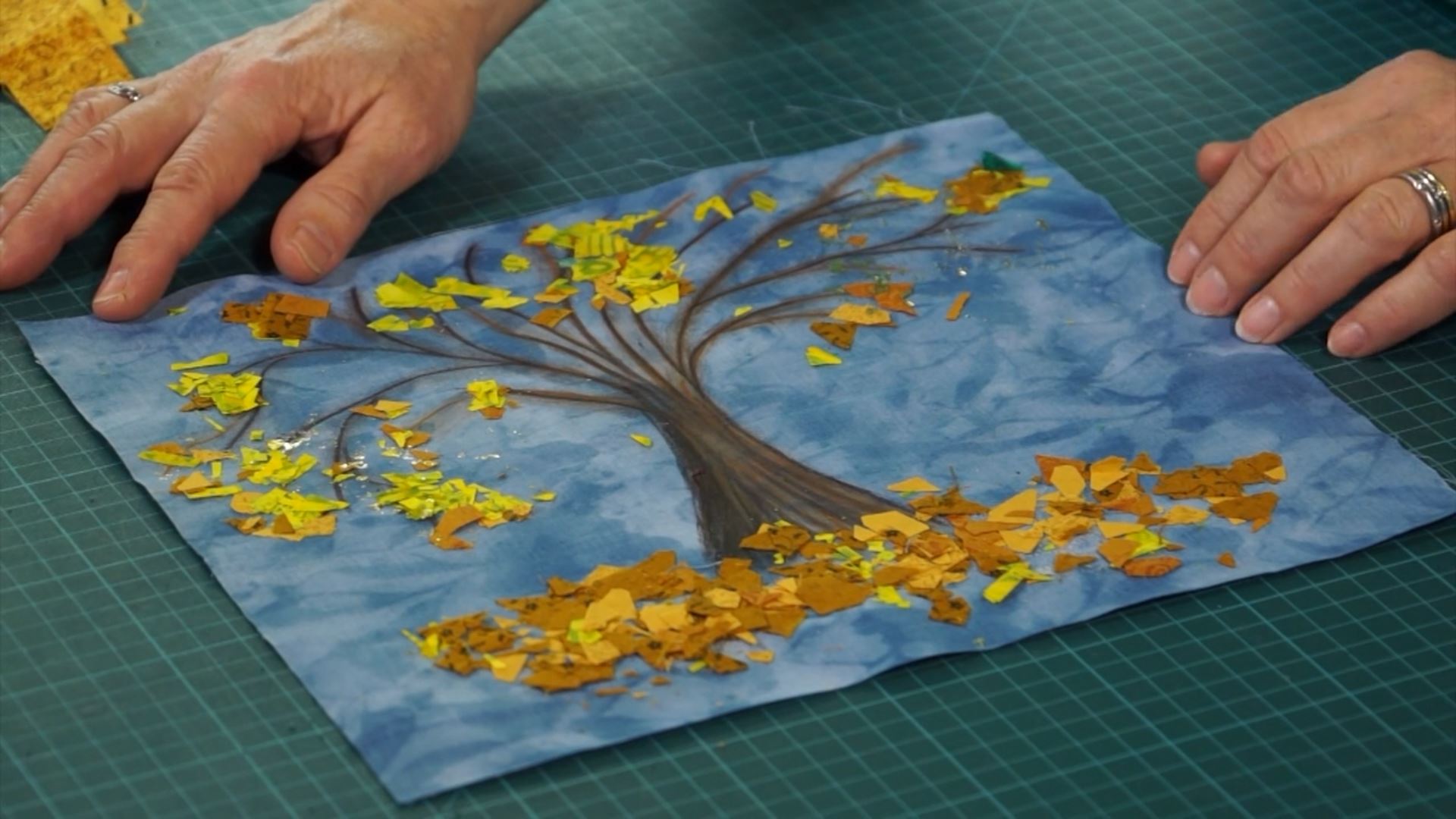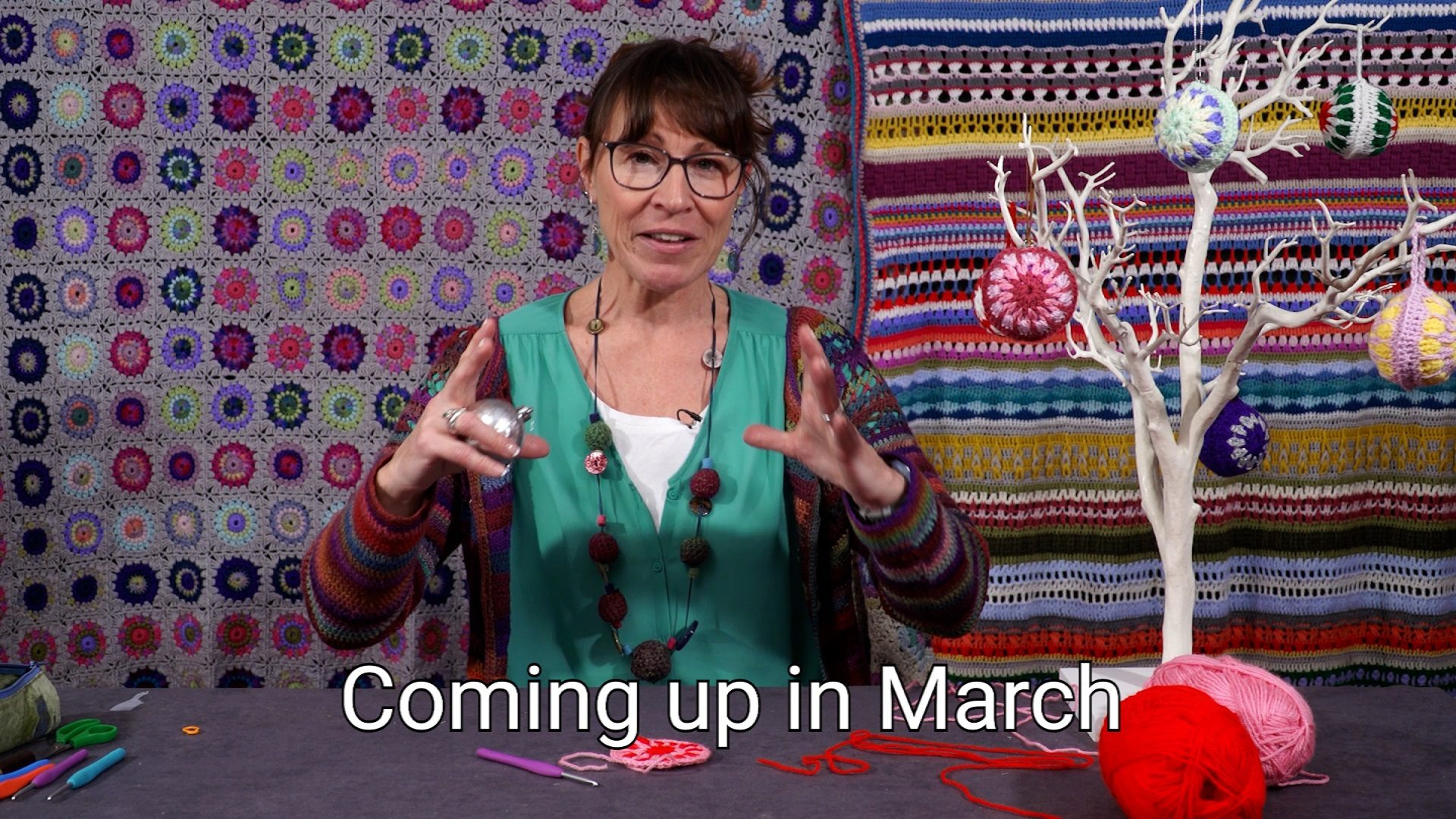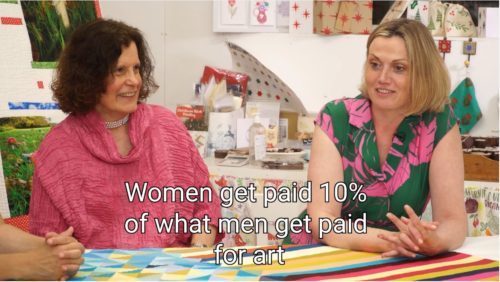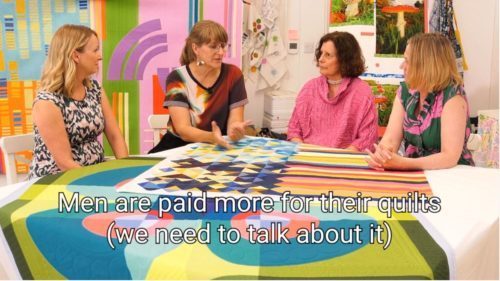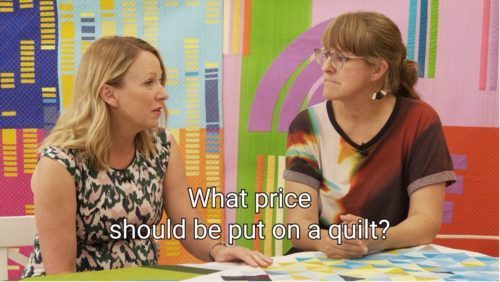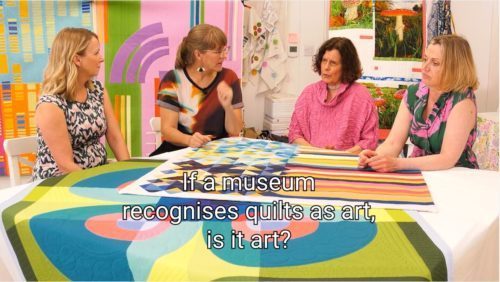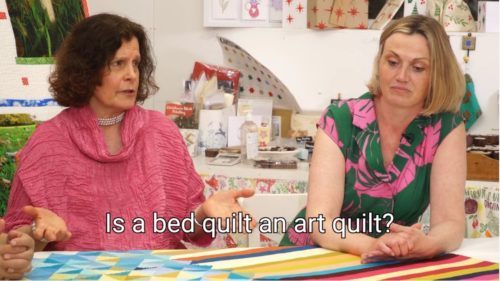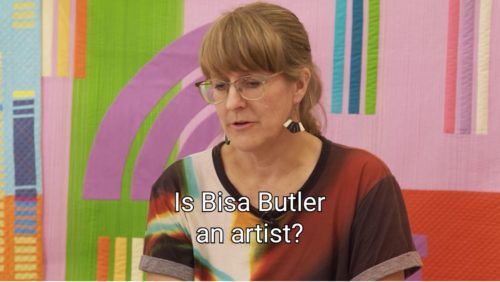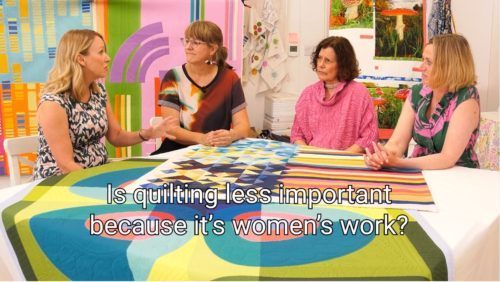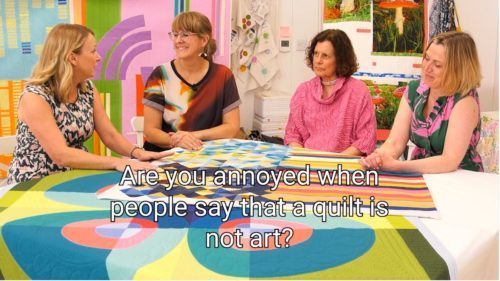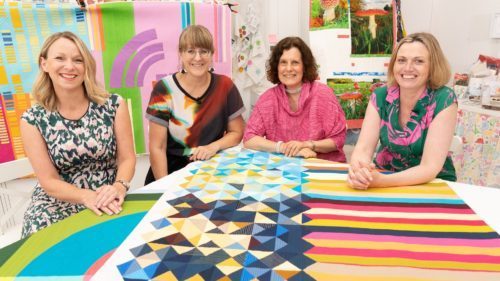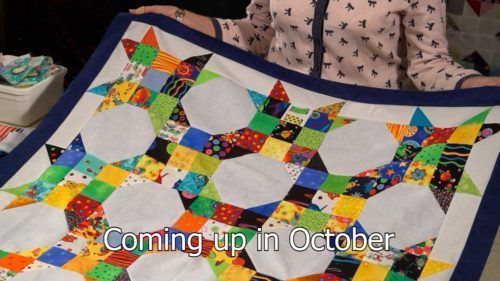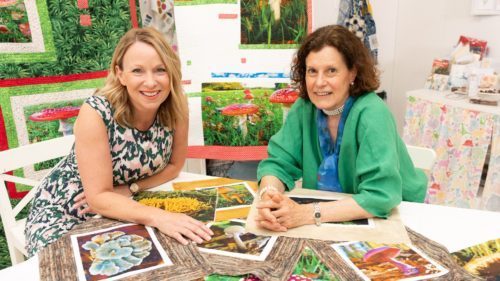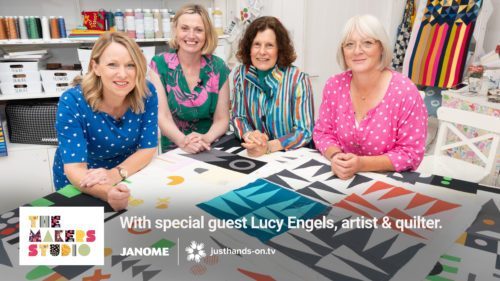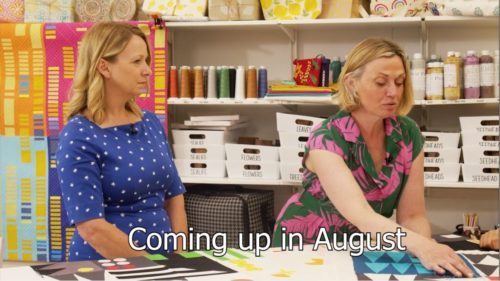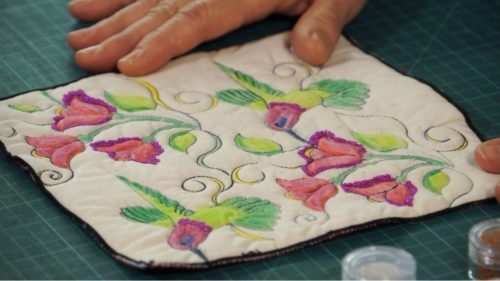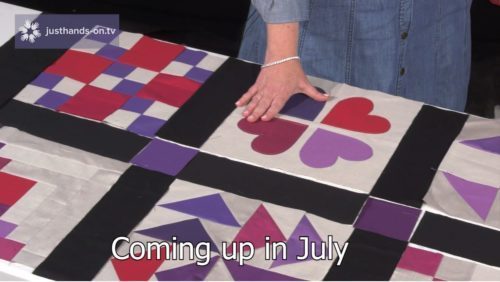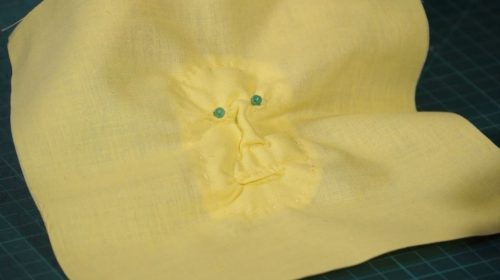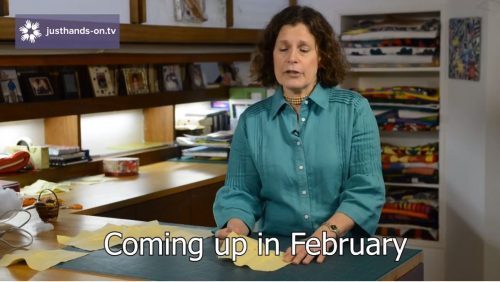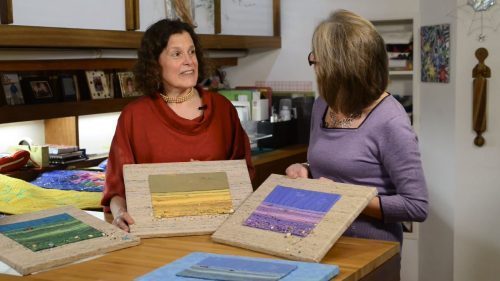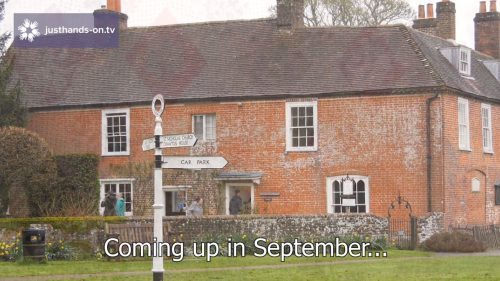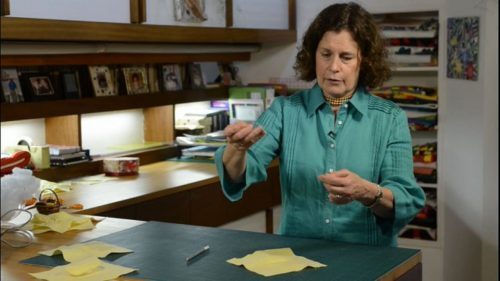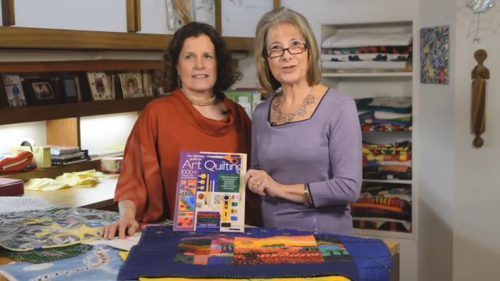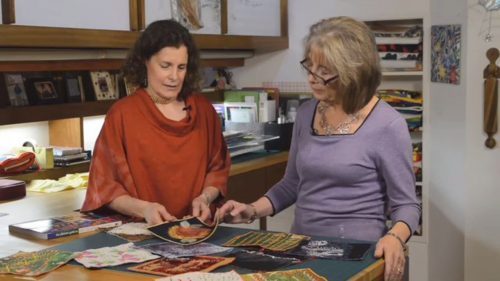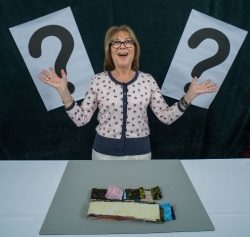About Linda
Linda Seward is an experienced quilter, writer, lecturer, and quilt judge.
Linda’s been doing needlework ever since she learned to hold a needle. She was taught to embroider by her mother and to knit and crochet by her grandmothers. She began to sew her own clothes at the age of 10, but didn’t begin making quilts until she was in her 20s.
Linda attended Livingston College (Rutgers University) where she earned an Anthropology Degree, then switched to Douglas College where she received a Home Economics degree in clothing, textiles, and design. She studied fashion in New York City at Tobe-Coburn School for Fashion Careers before working as a needlework and crafts editor in both America and England. She taught herself the basics of quilting while working as an editor for McCall’s Needlework & Crafts Magazine in New York City. After that, although she edited dozens of books on all types of needlework and crafts for Dover Publications in New York, Linda always felt that she would rather be quilting.
Linda has written twelve books about her favourite subject, quilting, including The Complete Book of Patchwork, Quilting and Appliqué , which has been used as a source book for the British City & Guilds Patchwork & Quilting course and has sold over a quarter of a million copies in several languages. It has recently been updated and reprinted by Search Press. Linda’s latest book, entitled The Ultimate Guide to Art Quilting, is published by Sixth&Spring, New York. She has also published books on puppies, babies, crochet, knitting, and general crafts (under her maiden name, Linda Macho).
Linda has appeared on television and radio shows, and has judged numerous quilt shows around the world. She had a regular column in The Quilter magazine for 20 years, and works now as a freelance writer and photographer as well as being a quilter, of course!
Linda found a new obsession in lockdown during her daily walks: nature photography. According to Linda, “I realised that I didn’t know much about the natural world and resolved to teach myself as much as I could through photography and research. This lockdown project turned into a new obsession as I continue to learn about all aspects of nature from plants, lichens insects, birds and animals to fungi and even slime moulds.”
Linda lives in London and Oxfordshire with her husband and two Border Terriers.
Signature Technique
Art Quilting
Top Tips
- One of the best ways to expose yourself to new techniques is to take a workshop with an expert.
- Add aloe vera gel to heighten the colour of inktense pencils.
- Use confetti fabric and glue granules to get a wonderful confetti applique effect.
- Add a little sparkle to your project with printer foil (make sure that you iron colour side up!).
- Use a silicone pressing sheet to keep your iron clear.
- Give the viewer a gentle surprise by adding soft sculpture faces in your quilt.
Videos
Patterns
Posts
How to finish an old english patchwork
Answer: I guess your question is geared to the uneven edge of your quilt if you are using paper pieces; and there are two ways of looking at this; the first is to leave the edge uneven and add borders to which the uneven paper pieces are appliqued - this will give the look of the patchwork floating.
The other is to make half templates to fit in the gaps so that the paper pieced patchwork then has straight edges - you can also do this and then add borders by machine.
You would then layer, quilt and bind as usual(see our video on layering if that helps) Just a thought about the quilting - most of my students do this stitching a 1/4" away from the seams - and this can be done by hand or by machine
2nd May 2014
Meet Kate Findlay A teacher and textile artist who has [...]
What did we film? It’s a mystery!
We have a Midsummer Mystery in store for you! More details will be posted in a video promo film later in May; but essentially you will be given instructions each hour throughout the day and as it's the longest day of the year you should still be in daylight! There are 10 parts - the sewing is straightfoward - there will be some rotary cutting but not much - and you will be feed the information piecemeal so that the mystery remains until the end!

